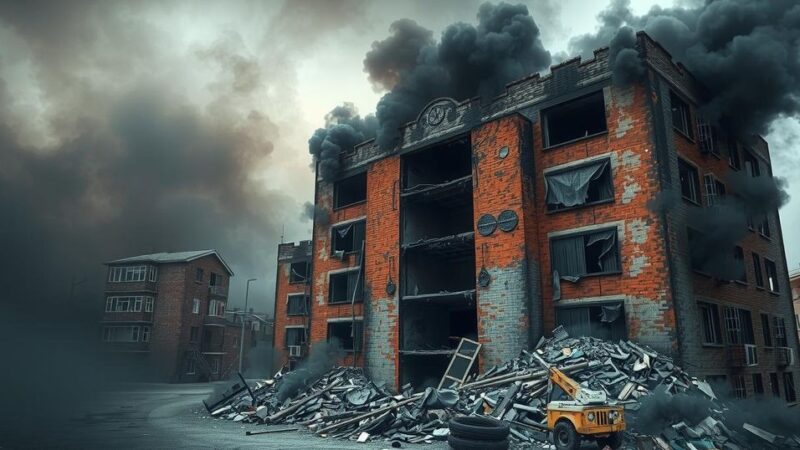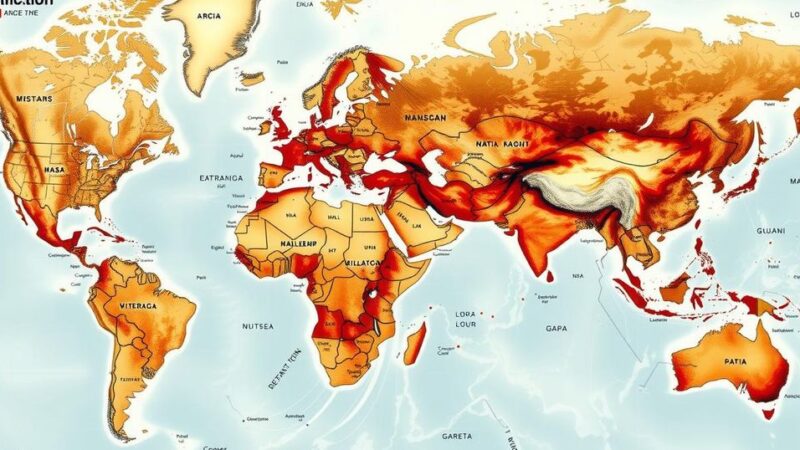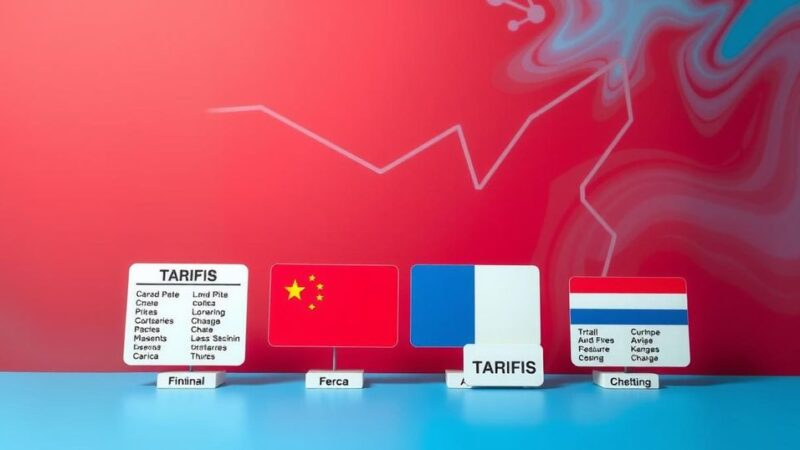Colombia’s peace process is jeopardized by rising violence from the ELN and FARC dissidents, complicating reconciliation efforts. President Gustavo Petro’s total peace initiative aims to disarm remaining insurgent groups but faces significant challenges. Local organizations are supporting former combatants, yet broader government action is stalling, revealing the ongoing struggle for peace in Colombia.
Colombia is currently facing a troubling increase in political and criminal violence, especially as the ongoing peace process appears to be jeopardized. Recent attacks by the National Liberation Army (ELN) guerrilla group in Cúcuta have resulted in injuries and led the government to deploy 1,200 soldiers in response. Further complicating the situation, dissident factions of the Revolutionary Armed Forces of Colombia (FARC) captured 29 members of security forces, igniting tensions in the Cauca region.
The peace process initiated by the Colombian government has attempted to foster dialogue between various armed groups, yet it is under significant threat. Leftist insurgents are still active, and the influence of drug cartels, as well as factions from disbanded paramilitary groups, only continues to grow. Colombia’s history of violence traces back to the emergence of FARC in the 1960s, aiming to overthrow the state and establish a communist regime, which dramatically escalated with drug trade involvement in the late 1990s.
The conflict resulted in a devastating toll, with over 250,000 deaths and countless others displaced. The peace agreement signed in 2016 aimed at demobilizing FARC and providing justice to conflict victims, yet the lingering presence of armed groups like the ELN, which has consistently rejected peace deals, poses substantial challenges. In addition, dissident factions of FARC continue to operate defiantly, undermining efforts toward stability.
President Gustavo Petro’s recent election has introduced a new strategy aimed at achieving “total peace,” focusing on disarming remaining guerrilla factions and addressing organized crime. Despite aspirations for improved outcomes under Petro’s administration due to his leftist background and prior involvement with insurgents, diplomatic endeavors have been hampered by past failures and diminished U.S. support.
Local organizations have begun successful initiatives to reintegrate former combatants, however, broader government efforts towards peace still face significant obstacles. Groups like the Medellín-based Peace Classrooms Foundation leverage former combatants’ experiences to advocate for peace and highlight the repercussions of violence, potentially addressing the root causes of conflict.
Overall, the ongoing instability in Colombia serves as a stark reminder that the internal armed conflict remains unresolved and reinforcing the need for a collective commitment to sustainable peace.
The current state of Colombia’s peace process underscores the persistent threats posed by insurgent and criminal groups, despite efforts to foster dialogue and reconciliation. The surge in violence, particularly from the ELN and dissident FARC factions, threatens the fragile gains achieved since the 2016 peace agreement. Furthermore, President Gustavo Petro’s ambitious vision of total peace faces significant challenges due to historical mistrust, external factors, and local tensions, requiring renewed commitment and innovative strategies to achieve long-term stability.
Original Source: sightmagazine.com.au






